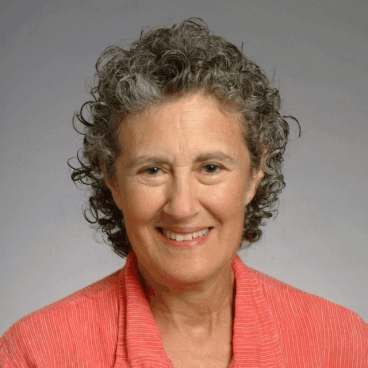| Barbara Liskov - A Career in Computer Science |
Page 1 of 3
Barbara Liskov, is described in the Q&A for Nature Computational Science published in October 2023 as: "a mostly retired Institute Professor at the Massachusetts Institute of Technology." More importantly she is recognized as a pioneer in object-oriented programming and distributed systems and for being a woman who overcame the challenges of working in a male-dominated world.
Barbara Liskov, nee Barbara Jane Huberman Barbara was aware of the limitations imposed by her gender from an early age. As she told Tom Van Vleck in 2016 for the ACM, in part of a series of interviews of Turing Awardees: When I was growing up, it was definitely not considered the thing to do for a young girl to be interested in math and science. In fact, in those days, the message that you got was that you were supposed to get married and have children and not have a job. Nevertheless, I was always encouraged by my parents to take academics seriously. My mother was a college grad as well as my father, so it was expected that I would go to college, which in those times was not that common. Having developed an early interest in math she took all the courses offered at her high school - the most advanced of which was pre-calculus. She went on to earn her bachelor's degree in mathematics with a minor in physics at the University of California, Berkeley where, she had only one other female classmate in her major. Graduating in 1961 she applied to graduate mathematics programs at Berkeley and Princeton. At the time Princeton was not accepting female students in mathematics and although she was accepted at Berkeley she decided instead moved to Boston where she had been offered a job as a programmer by the Mitre Corporation, the not-for-profit military think tank, spun out in 1958 from the radar and computer research sections at the MIT Lincoln Laboratory. Recounting her accidental switch from Math to Computer Science to Ananya Rastogi for the Nature Computation Q&A, she said: This was back in 1961. I didn’t even know computers existed at that point and on my first day on the job, I was handed a FORTRAN manual and asked to write a small program. That is how I discovered a field that I really enjoyed and that I was good at. She worked at Mitre for one year before taking a job at Harvard working on the computer translation of human languages. This too turned out to be a helpful step in her career. As she told Van Vleck: That was a good move as it turned out. The project used a huge program that was written in assembler - it was probably for the IBM 7094. That gave me an opportunity to really understand how the machine worked, and since I was maintaining a very large program, it taught me a lot about program structure. It was a pretty good program as these programs go, and fairly well modularized, although I knew nothing about modularity in those days. But it was non-reentrant code, so when you would call a procedure, they might modify an instruction in the procedure they were calling so that when it got to the end it would go back to the caller without having to have a stack where you branch through something. Of course, that was a very error-prone way of doing things. So that was a good lesson for me, to see that. After a year she was ready to resume her studies - but now it was Computer Science at Stanford University where her PhD supervisor was John McCarthy. The topic of her thesis was a computer program that could play chess endgames. In the course of this work she developed the "killer heuristic", a move-ordering method based on the observation that a strong move or small set of such moves in a particular position may be equally strong in similar positions at the same move (ply) in the game tree. This technique improves the efficiency of alpha–beta pruning, which in turn improves the efficiency of the minimax algorithm. Receiving her doctorate in 1968, she was one of the first women in the United States to be awarded a PhD from a computer science department. Having met, but not not yet married, Nathan Liskov, Barbara moved back to the Boston area and spent the next four year working for Mitre on computer design and operating systems. This was where she developed a computer called Venus, a small computer tailored to supporting the construction of complex software, and working on the Venus operating system introduced her to the kinds of abstractions that were used in operating systems and got her into compilers, systems and programming methodology. In this short video clip, an extract from the 2016 ACM interview, Liskov discusses the influence of the Algol programming language on the system of partitioned variable scope she developed for the Venus operating system: |
||||
| Last Updated ( Monday, 23 October 2023 ) |
